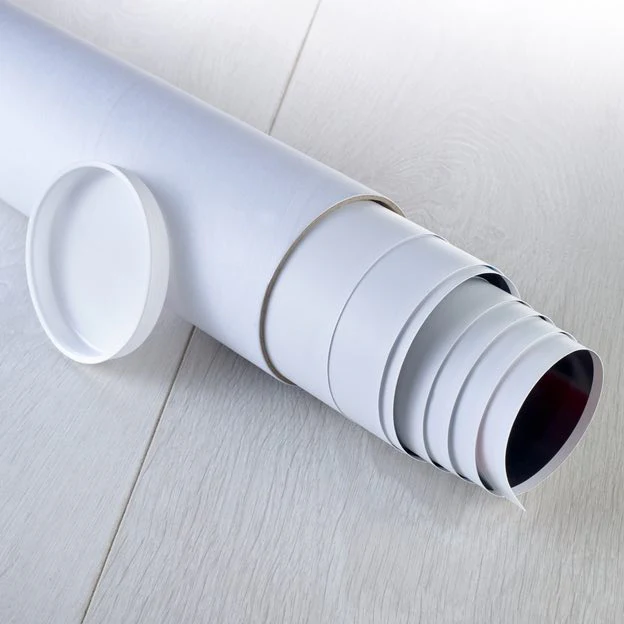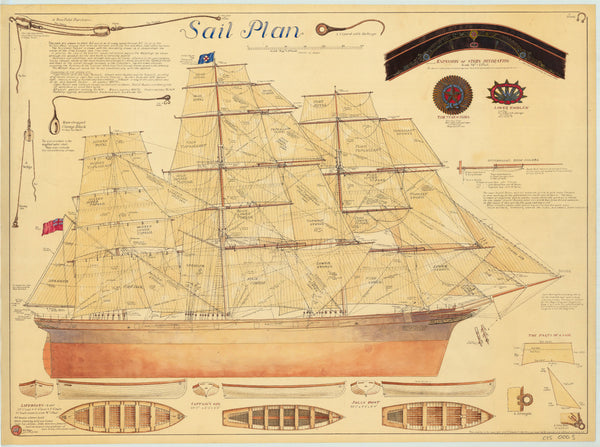
HMS 'Canopus' at Port Stanley, firing the opening salvoes of the Battle of the Falkland Islands, 8 December 1914
Image information
HMS 'Canopus' at Port Stanley, firing the opening salvoes of the Battle of the Falkland Islands, 8 December 1914
Inscribed by the artist, 'Canopus at Port Stanley', lower left. This drawing was reproduced as a print on p. 101 of Wyllie and M.F. Wren's 'Sea Fights of the Great War' (1918), but before Wyllie inscribed the title on it (though the printed caption in the book is '"Canopus" at Port Stanley, Falkland Islands'). Shortly after the start of the First World War the pre-dreadnought battleship 'Canopus' (1897) was sent to support Rear-Admiral Christopher Cradock's cruiser squadron off South America, stationed off the Abrolhos Rocks. She was too slow to keep up with his subsequent search for Admiral von Spee's German Pacific squadron and was 300 miles behind when von Spee destroyed Cradock at the Battle of Coronel on 1 November 1914. 'Canopus' then took up position as guardship at the Falklands, moored bow and stern in Port Stanley harbour is such a way as to cover the approaches. Her position from seaward was masked by a hill, on top of which she had spotters placed, and her topmasts were sent down. The avenging battlecruiser squadron of Admiral Sir Frederick Doveton Sturdee arrived on 7 December 1914 and at 07.50 on 8 December the shore spotters from 'Canopus' sighted the German armoured cruiser 'Gneisenau' and light cruiser 'Nürnberg' as they approached to reconnoitre the port ahead of an attack on it by von Spee. He was at that point quite unaware of Sturdee's arrival, and planned to destroy the Falklands radio and coaling station. At 09.00 the 'Canopus' fired at the two German ships at extreme range from her forward turret but her shells fell short. The guns in her aft turret were loaded with practice rounds for a forthcoming target shoot but she fired them none the less, more to clear the guns rapidly than anything else, and one of them ricocheted off the water and struck the rear funnel of the 'Gneisenau'. At this point the two German ships turned and headed away to rejoin von Spee's main force. Sturdee at the same time was rapidly raising steam to pursue and, in the subsequent battle later in the day, he sank von Spee's entire squadron, with the exception of the light cruiser 'Dresden' which managed to make good an escape. 'Canopus' was not involved in the chase and only left Port Stanley ten days later, returning to her South American patrol station of the Abrolhos Rocks until she transferred to the Mediterranean early in 1915.
Object number: PAE1039Date: circa 1914-15
Original dimensions: 223 mm x 325 mm
- Image reference: PV1039
- National Maritime Museum, Greenwich, London, Caird Collection
Discover more
More by this artist
Search for similar images
Product images of HMS 'Canopus' at Port Stanley, firing the opening salvoes of the Battle of the Falkland Islands, 8 December 1914



Our prints
We use a 240gsm fine art paper and premium branded inks to create the perfect reproduction.
Our expertise and use of high-quality materials means that our print colours are independently verified to last between 100 and 200 years.
Read more about our fine art prints.
Manufactured in the UK
All products are printed in the UK, using the latest digital presses and a giclée printmaking process.
We only use premium branded inks, and colours are independently verified to last between 100 and 200 years.
Delivery & returns
We print everything to order so delivery times may vary but all unframed prints are despatched within 2-4 days via courier or recorded mail.
Delivery to the UK is £5 for an unframed print of any size.
We will happily replace your order if everything isn’t 100% perfect.
















